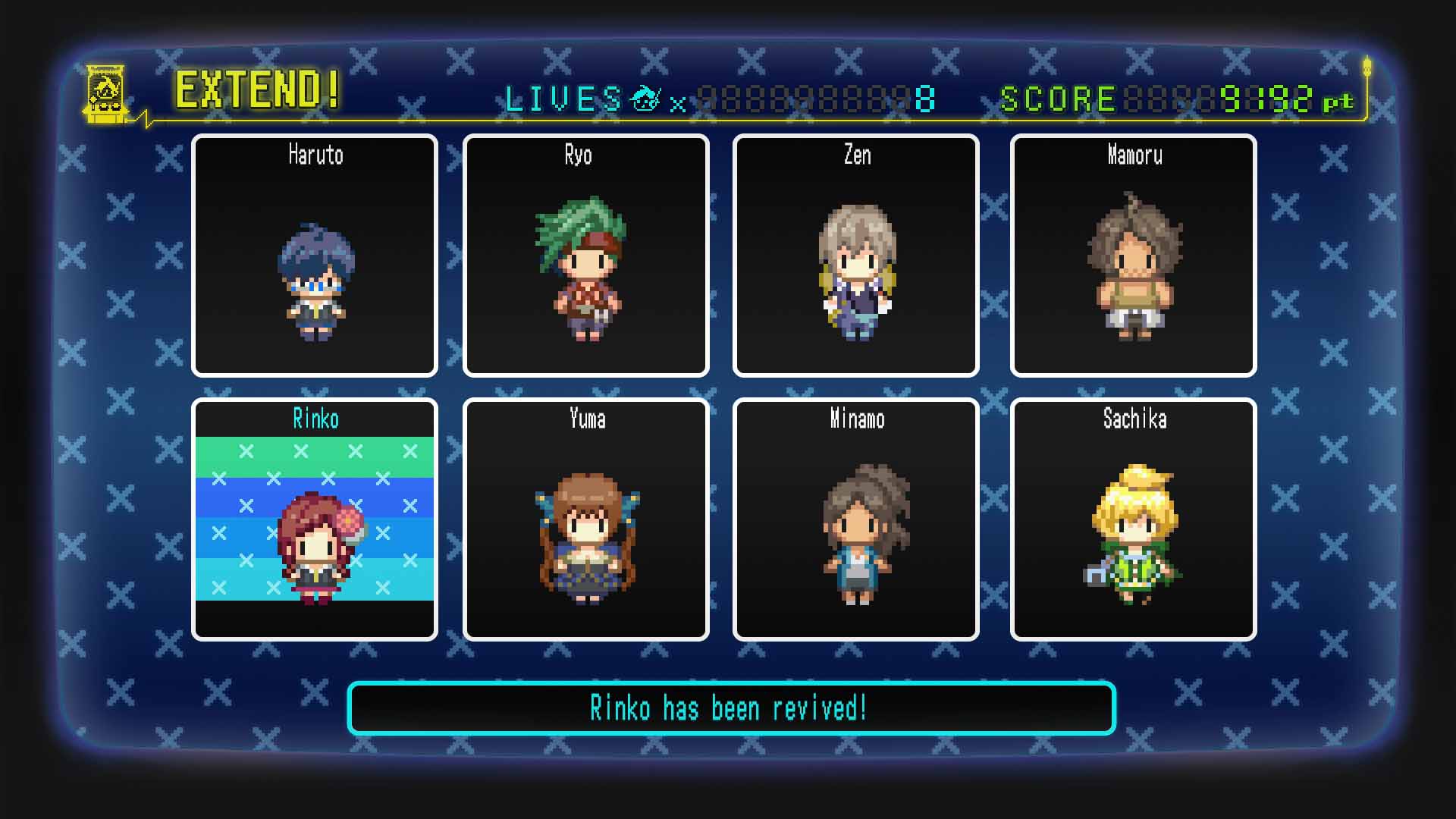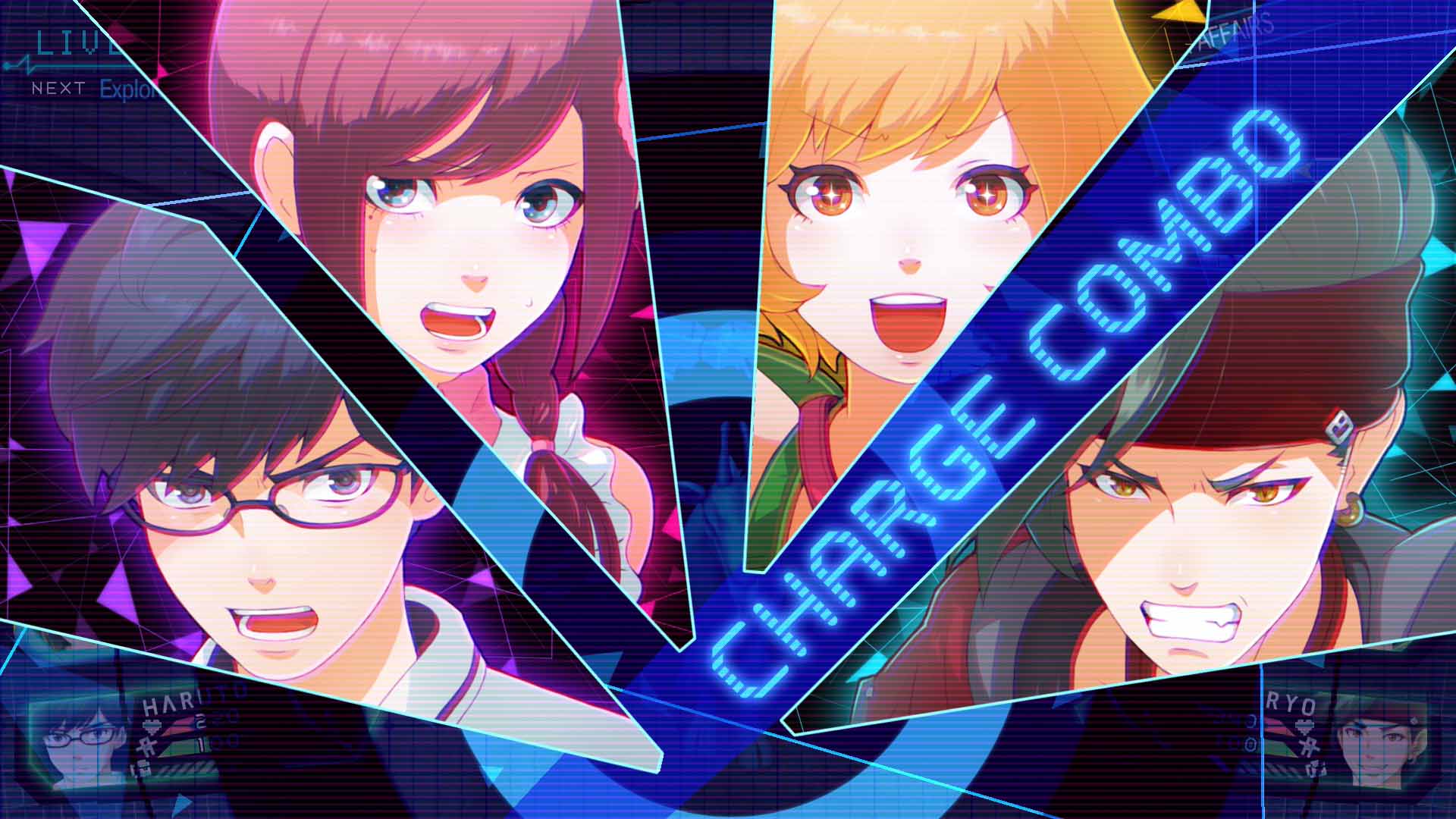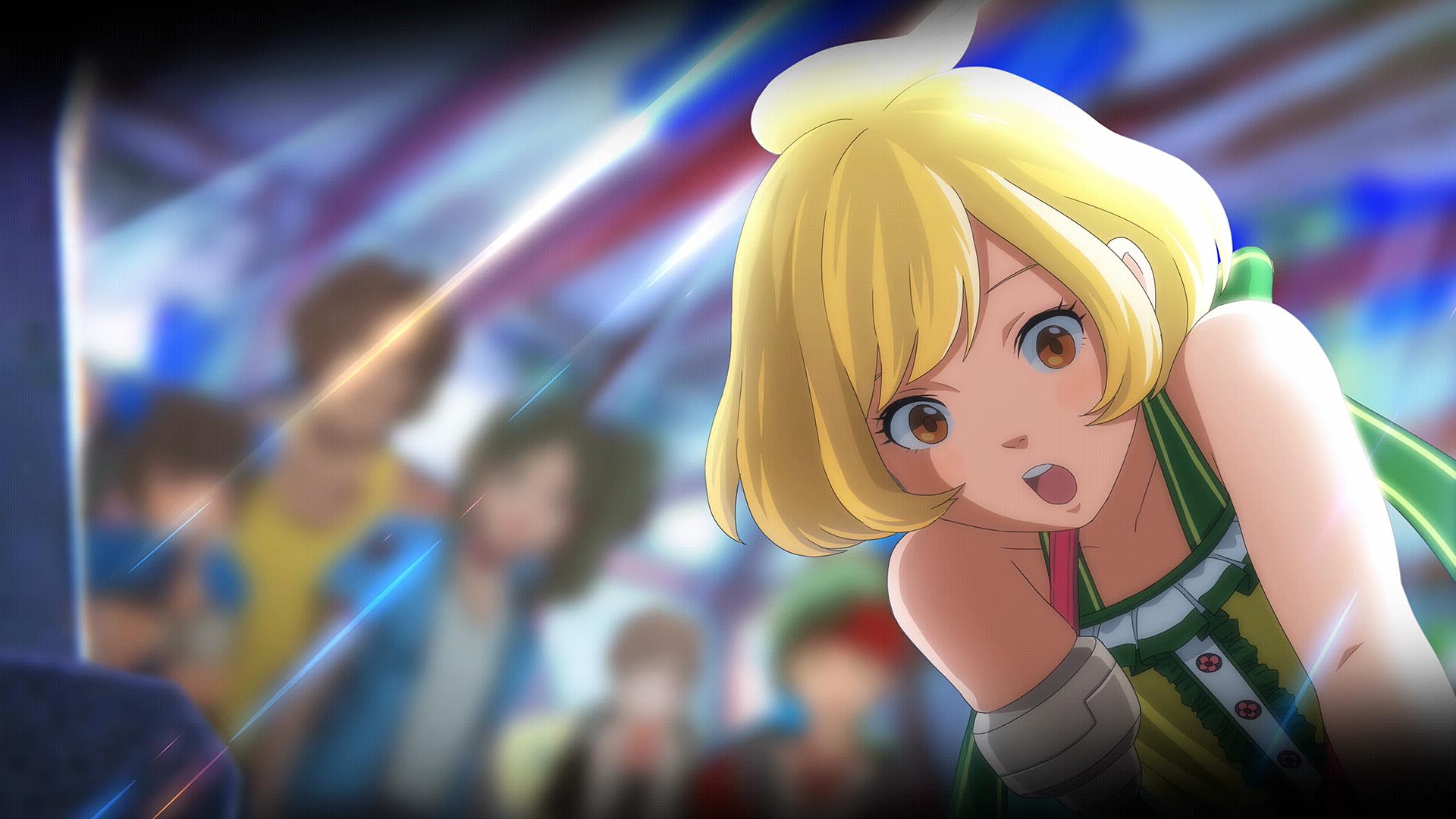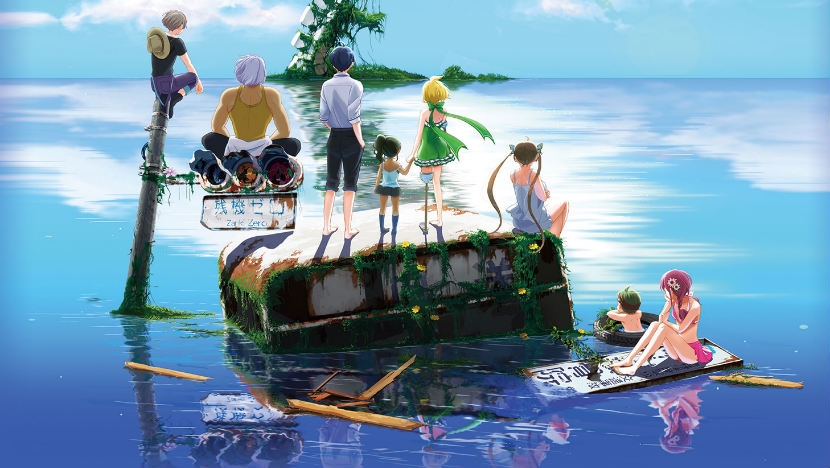Spike Chunsoft’s Zanki Zero: Last Beginning should be a home run for me. It’s a first-person dungeon crawler developed in part by Lancarse, the company responsible for the first two Etrian Odyssey games and one of my all-time favorites, Shin Megami Tensei: Strange Journey. In a space that is full of duds, Lancarse’s work stands out. Zanki Zero is also the work of Danganronpa alumni, including respective producer and director Yoshinori Terasawa and Takayuki Sugawara. The DNA of both sides of this equation is immediately apparent – this is a dungeon crawler made by people who know dungeon crawlers, and it’s propelled by a weird, crass mystery the likes of which could only come from the minds behind Monokuma. I was ready to go on a ride, but after juggling all of its many parts for several hours, I came away from Zanki Zero with more of a headache than anything else.
Zanki Zero Review – Too Many Cooks

Zanki Zero is a lot. It’s a mystery visual novel, it’s a survival game, it’s a dungeon crawler full of puzzles. And it revolves all around a system based on human cloning, which facilitates all the player’s progress. Much like my brain trying to figure out if I like this game or not over the past week, Zanki Zero feels scattered. It’s like a bunch of ideas were put together, and instead of narrowing anything down or refining anything, it was all just tossed into a blender. A new difficulty mode added to the North American release, while undoubtedly appreciated by folks who can’t deal with survival systems, does a lot of work to expose how all the different bells and whistles don’t actually do much for the bigger picture.
Much like Danganronpa, Zanki Zero follows an ensemble cast of weirdos who have found themselves in a bizarre, reality-defying battle for life and death. This new Anime Scooby Gang is trying to survive on Garage Island, a dilapidated Japanese beach that may or may not be the last place on Earth populated by living humans. The characters are accompanied by mysterious TVs placed all over the island, which air Extend TV, a show featuring two goofy hosts playing a similar role to Monokuma in Danganronpa, albeit much less antagonistic. The Extend TV scenes are the main vehicle for storytelling, which ends up being a real problem for me.
As a survival game, the majority of the player’s time is spent wrestling against the game in a bid to make it to the next cutscene. Characters need food and water, bathroom breaks, and other forms of care to make it through a set of dungeons, each one representing a piece of the story focused on each character. Being imperfect clones, characters also age quickly and deteriorate outside of the player’s control, and will die after a number of in-game days pass. Enter the Extend system, the key to progression.
When a character dies, you can spend points earned from combat to revive them, setting their life cycle anew. You’ll get bonuses based on how they died (if you spend extra points), and leveling up also awards skill points to be spent on permanent bonuses. These bonuses range from boosted stats, extended life spans, facilities to build on the main island to cook, rest, etc. If you’ve played survival games before, this all likely sounds familiar. The idea here is that while the early stuff is intimidating, you can eventually generate enough momentum to start feeling powerful and capable of overcoming the need to survive. It’s a shame the combat sucks!
Zanki Zero Review – Goat Stabbing Simulator

Most of the time in Zanki Zero, you’ll be flailing around with animals such as goats and other post-apocalyptic creatures. It’s in real time, which in a first-person dungeon crawling setting makes for some of the least interesting, awkward-feeling combat you can encounter in a video game. This could be a “me” thing, but there’s nothing rewarding or thrilling about slowly strafing around a grid space to avoid an animation, then getting my hits in, then repeating that until I win. It’s one of those things that feels born of a desire to avoid turn-based combat, in a space that was built with turn-based combat in mind in the first place. It’s okay to like Wizardry! I’d rather click in menus than dance around bumbling goats, and having to engage regardless because of survival needs makes it all the more tedious. You can perform a cool-looking “Charge Combo” move, but all that does is alter the flow slightly. There are also risky special attacks and abilities you can earn, but that’s all flash layered on top of a dull, puttering foundation.
Of course, there’s that difficulty thing I mentioned earlier. To appeal to the visual novel fans who are going to be interested in Zanki Zero and not the survival niche, this game attempts to accommodate everyone with a respectably wide range of difficulty options. It’s a risk/reward sort of a deal, with the ability to change it from the hub and use that sliding scale to try for greater rewards. The new option, however, turns off the survival elements entirely, and even eliminates all enemies except for boss battles. It also makes those fights trivial, and even allows you to bypass gates at the end of each dungeon requiring you to have a full set of living characters to reach the end. It’s great to have these options, especially since you can juggle between them based on your current needs, almost like an additional gameplay tool.
What this does however, is really expose how disparate all these elements are. The different parts never really feel like they work together as a whole, and the gameplay especially feels divorced from the story happening. The easy difficulty confirms it in my mind, showing how empty most of the space in Zanki Zero is when it isn’t being a stubborn obstacle between the player and the story. In the Danganronpa series, the sections of gameplay in-between the plot sequences were still in service to that plot. In Zanki Zero, clicking on things in the environment gives you a sentence of flavor text at best, so the only way to uncover anything about the overarching mystery is to watch cutscenes. Getting to the cutscenes is presented like so many carrots hanging from sticks, rewards for bashing your head against the walls of endless dungeons and puzzles that mostly consist of pixel hunting for switches to unlock doors and evading cheap gotchas like holes, which force time to move forward, aging your characters and making you have to leave the dungeon to Extend and come back.
Zanki Zero Review – Sharp Edges, Dull Twists

And the story doesn’t really feel like a great reward. This mystery is of course a sci-fi tale asking ethical questions of human cloning, and along the way you learn more and more about each character, the group’s relationships with one another, and how it all ties together with the bigger picture. But that isn’t really “quirky” enough for the style here, so that path is paved with traumatic backstory sequences juxtaposed with wacky visuals. Each dungeon is punctuated by a single character’s backstory, which plays out almost like an extended Danganronpa execution sequence, at least in tone. Each backstory is a story of abuse, ranging from workplace abuse to other harsh themes such as incest, blackmail, so on and so forth.
The weird thing is that after several of these stories passed, I began to realize how they didn’t actually go anywhere. In the first dungeon for example, you learn about a character’s horrible supervisor and work environment at a major publisher, and a story that led to some real existential guilt on his part. Then you encounter the boss, who is related to that story, and after beating him the characters take a minute to say, “damn, that sucked,” and move on to the next thing. It feels like these stories are in place to distract the player with shocking content presented in that expected bizarre aesthetic style, but the characters don’t really learn anything or change based on what happens. They barely react before it’s time to move onto the next one, and then the next Extend TV sequence spits out some narrative exposition. There’s a big mystery, and it goes to some interesting places overall, but the connective tissue doesn’t really… connect to anything. It’s like anime Game of Thrones or something, in which shock and grime is used as a placebo for “adult” storytelling.
I was all set to jump into Zanki Zero and have a good time uncovering a mystery, crawling through dungeons and even seeing what I could pull off after several rounds of surviving, dying, and using that cloning loop to get ever stronger. Instead I found a bunch of tedium fueled by disparate systems not playing well with each other, disappointing combat, and a story that constantly tried to disguise how shallow it was via torturing its characters. While my stats got better, I was constantly looking for signs of real growth, and all I got instead was a hot plate of trauma porn garnished with dick and fart jokes. There’s a time and a place for that stuff, but as a reward for tenacious grinding, I’m not buying what Zanki Zero is selling.
Zanki Zero Last Beginning review code provided by publisher. Version 1.00 reviewed on a standard PS4. For more information on scoring please see our Review Policy here.
-
Colorful visuals, quality character animations, and good music help nail Zanki Zero's vibe
-
Sticking with the survival systems and playing with difficulty options can lead to lots of systems-level payoff
-
Overarching sci-fi story can be intriguing
-
Character drama falls flat, relies too hard on shocking content
-
Gameplay feels divorced from the narrative
-
Combat tries to be flashy, but its foundation is not fun to engage with





